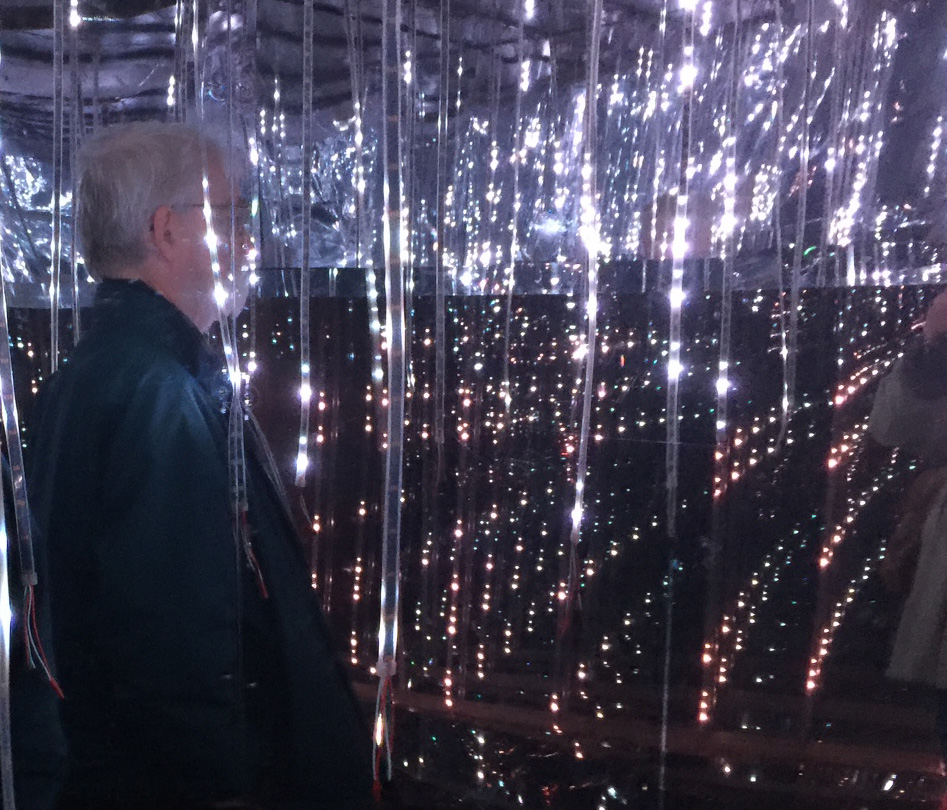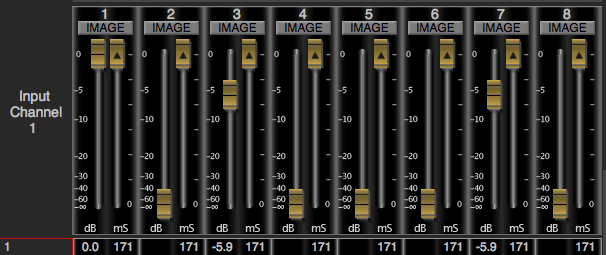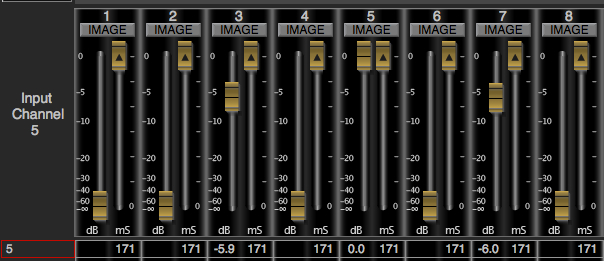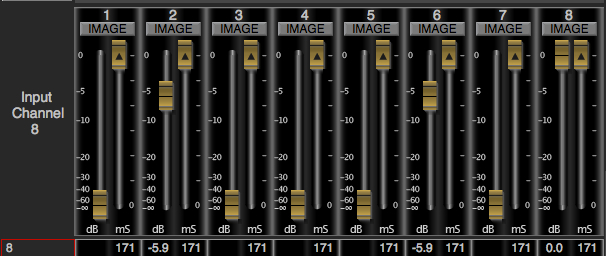
Technically, the work is based on a set of 27 acoustically rich environmental samples, each of which is convolved with all others to create 351 stereo hybrids (where the L/R channels are A*B and B*A). The samples range from impulse responses in large spaces through percussive sounds, musical and vocal excerpts, bells, thunder and strange noises. Each of the 351 hybridized sounds is spatialized independently, often in trajectories around the listener in the multi-channel space. I doubt that any other soundscape-inspired work has embodied this much complexity.


